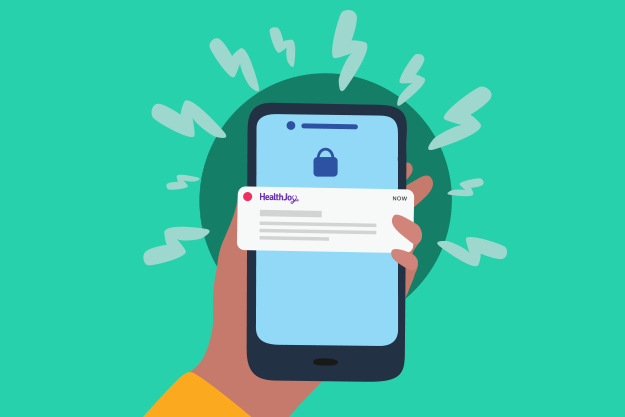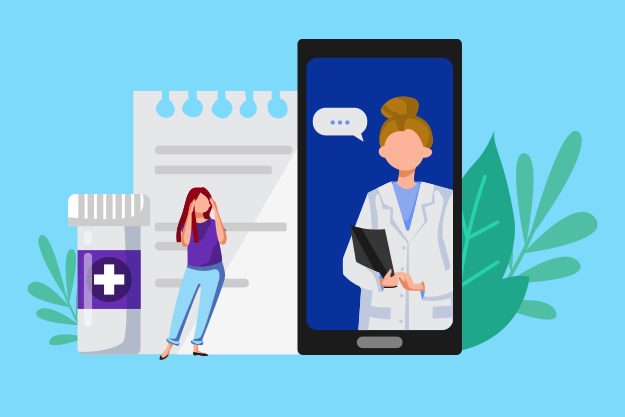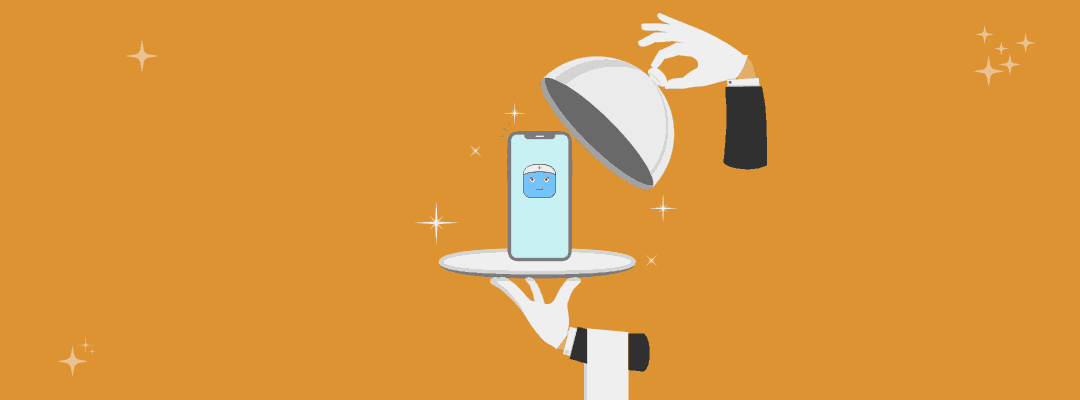Building Trust in Your 2020 Benefits
As humans, we don’t trust what we don’t know. Researchers have called fear of the unknown “the ultimate fear,” suggesting we’d prefer to do a thing...
Connected Navigation Platform
Guiding to high-value care
Behavioral Health
Foster a mentally healthy workplace
EAP
Supporting holistic wellbeing
Virtual MSK Care
Reimagining musculoskeletal care
Virtual Primary Care
Powered by smart navigation
Surgery Centers of Excellence
Best-in-class surgical outcomes
Virtual Urgent Care
Immediate care, any hour of the day
Chronic Care
A new approach to chronic care
Integrations
Flexible to any strategy
4 min read
 Claire Wiseman Imber
:
October 6, 2021
Claire Wiseman Imber
:
October 6, 2021

To make the most of their healthcare and benefits outside open enrollment, your employees need a more natural way to turn information into action. Yet your traditional delivery methods — benefits booklets, posters, email campaigns — aren’t enough. As workforces become increasingly dispersed and remote, you need an employee communication tool that can reach them wherever they cool their heels.
Mobile notifications are a perfect solution. Whether you choose push notifications or an SMS strategy, we’ll clue you in on a secret: they’re the best employee communications tool you probably aren’t using yet.
To understand why notifications are among the most helpful employee communication tools, you only have to look at a crowd of commuters, grocery shoppers, or coffee shop patrons. On average, Americans check their phones 262 times per day, or about once every 5.5 minutes.
We’re used to being pinged, prodded, and notified by our devices. They remind us to download our favorite podcast and let us know when it’s time to leave for work. They’re the primary way we access social media. Eighty-three percent of Americans use their phone as an alarm clock; 80% say they check it within the first 10 minutes of waking up. It’s perhaps unsurprising that nearly half of Americans consider themselves “addicted” to their phones. Healthy or not, our phones are part of our lives in a way print materials never were.
Mobile notifications have another leg up on similar communication channels. For one thing, unlike paper communications, mobile notifications prompt users to take direct action. Sure, emails can serve the same purpose. They’re also easily lost in our inboxes. In contrast, notifications cut through the noise — remember how often your employees check their phones?
A Localytics study found that app users who received push notifications had 53% more sessions than app users who didn’t get notifications. SMS notifications equally compel users. A study in the UK found that 98% of mobile users will read a branded or business-based text communication -90% within the first 3 minutes. Those statistics blow even the most optimistic email open rates out of the water.
It’s a good bet that all your US employees have both a mobile phone and a habit of checking that phone many times throughout the day. That makes push notifications’ value as a benefits communication strategy clear. Whether you choose to use them for internal communications or other forms of workplace communication, push notifications are a valuable tool in your strategic communication handbook.
When it comes to healthcare and benefits, they can pack a real punch.
Most HR professionals will recognize that, despite the massive effort you put into employee benefits education during open enrollment, the real test of your employee communications might not come until much later.
That’s when you’ll discover if employees truly understand the healthcare benefits package you offer. Once your plan year kicks off, that understanding will determine how they choose in-network care, make time to schedule preventive screenings, whether they participate in your wellness program, or if they remember to see the dentist.
Sure, with effective employee communications out the door and open enrollment wrapped up, they should know they can save money by switching to a preferred pharmacy or completing their annual exam. Making the call or scheduling that exam may be a different story. Mobile notifications and messages can drive employee engagement in these benefits throughout the year.
We already know that notifications can remind us to make better choices. It’s something wellness apps have used to great success. For instance, when you enable push notifications for the Fitbit app on your smartphone, you’ll get messages throughout the day reminding you to move more.
Calm, a meditation app, enables a daily push notification reminding users to take a break and meditate. Apps like AloeBud are almost entirely built around custom push notifications reminding you to drink water, take your medication, or get up and stretch. Even iPhone’s bedtime feature makes use of push notifications to help us make good on that resolution to get more sleep.
These apps rely on the idea that push notifications are a form of effective communication. We can apply the same concepts when we’re looking to improve the employee experience in a healthcare navigation solution. Push notifications can drive users back to a centralized hub for their healthcare and benefits. Once they’re in the app, those employees can save the hassle of tracking down phone numbers, plan details, and other necessary minutia. Ultimately, effective employee communication can actually drive a better employee experience.
If your healthcare and benefits aren’t centralized in an app, you can still take advantage of the power of notifications with SMS messages. Though more straightforward than a push notification, SMS messages can contain much of the same information. When they include a web link, they’re just as equipped to drive action back to a site. Your employees may even be more likely to opt in to SMS notifications than to allow them from an app.
We’ve found the combination of push notifications and a connected, app-based healthcare experience is a one-two punch for year-round employee engagement.
Let’s say a user hasn’t logged into the HealthJoy app for 30 days. They get a push notification with a short message: “Are you maintaining your vision?” Perhaps they’ve been putting off their annual eye exam, all while ending the day with headaches and eye strain. They click through to the HealthJoy app, where our virtual assistant, JOY, guides them through a journey to schedule an in-network eye exam.
Over a few minutes, they’ve learned why eye exams are critical to health, their plan’s specific coverages, and maybe even booked an appointment. This process takes only a few minutes of our members’ time, but it significantly changes the way employees engage with their healthcare and, ultimately, may save both themselves and their employer money through preventive treatment.
Our Broadcaster feature also makes it possible for HR professionals to send internal communication, employee benefits reminders, or other workplace communication directly to employees. They’ll get a push notification and a series of messages to their HealthJoy inbox with each broadcast.
If you aren’t yet using healthcare navigation platform, you should still take advantage of the power of mobile notifications. Your email marketing client or intranet provider might already offer SMS messaging, or you can employ a third-party service. Send an SMS message reminding your employees when it’s time to schedule a biometric screening or include information about flu shots. Off the OE cycle, you might use SMS to promote a mid-year wellness initiative or remind employees to make HSA contributions.
The bottom line: mobile notifications are one of the best communication tools you may not be using yet. Whether you use push notifications to drive employee engagement with your healthcare navigation app or employ an SMS communication strategy, notifications are a surefire way to reach even a disengaged employee. Thanks to their flexibility, affordability, and relatively high open rates, they deserve a place in your year-round employee communication strategy.
As humans, we don’t trust what we don’t know. Researchers have called fear of the unknown “the ultimate fear,” suggesting we’d prefer to do a thing...

During the pandemic, we heard a lot about the harmful effects of delayed care. Employees who were afraid to see their doctors in person skipped...

What makes it so easy to use a service like Amazon? There are a number of reasons: you can access product offerings in one place, filter for cost...